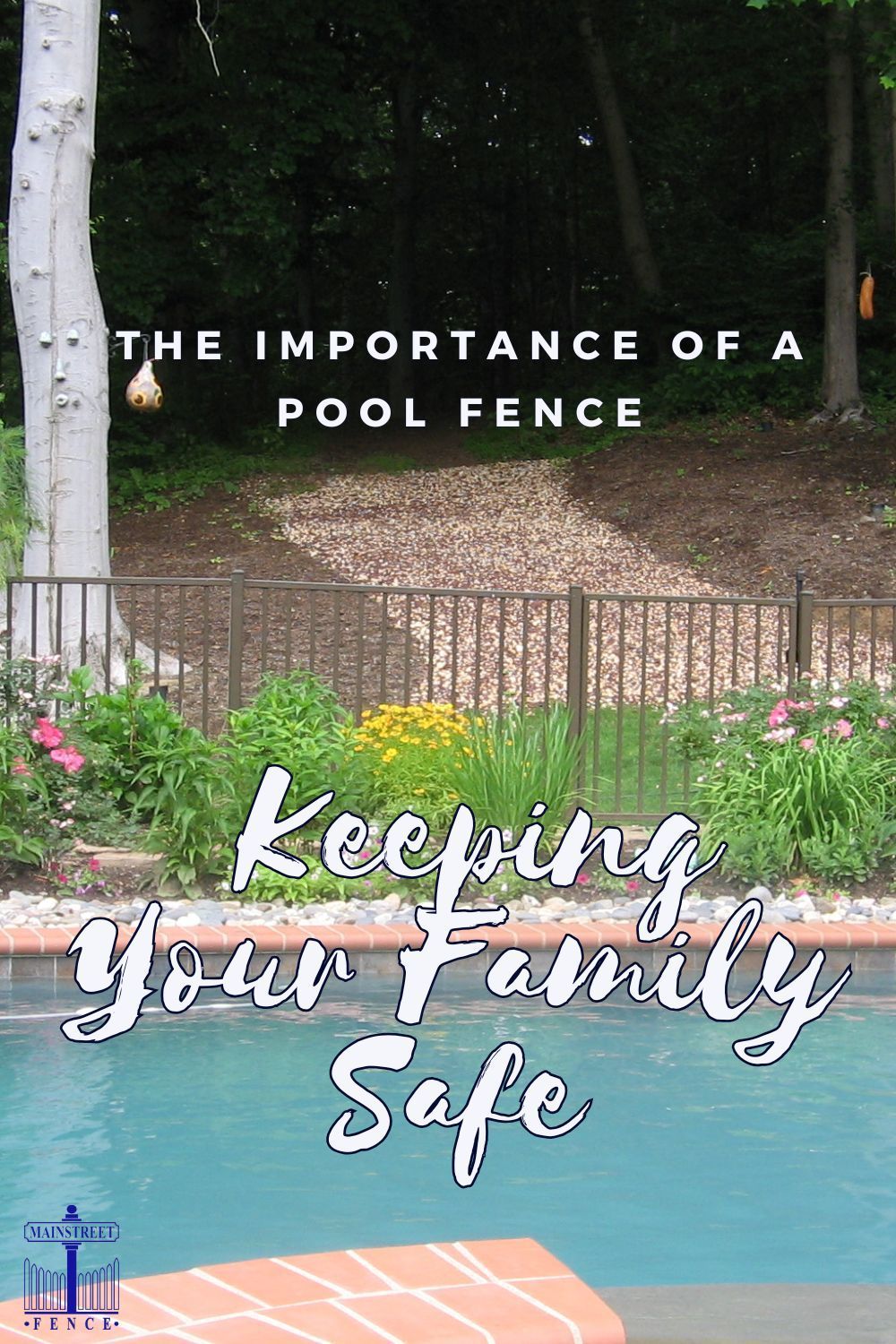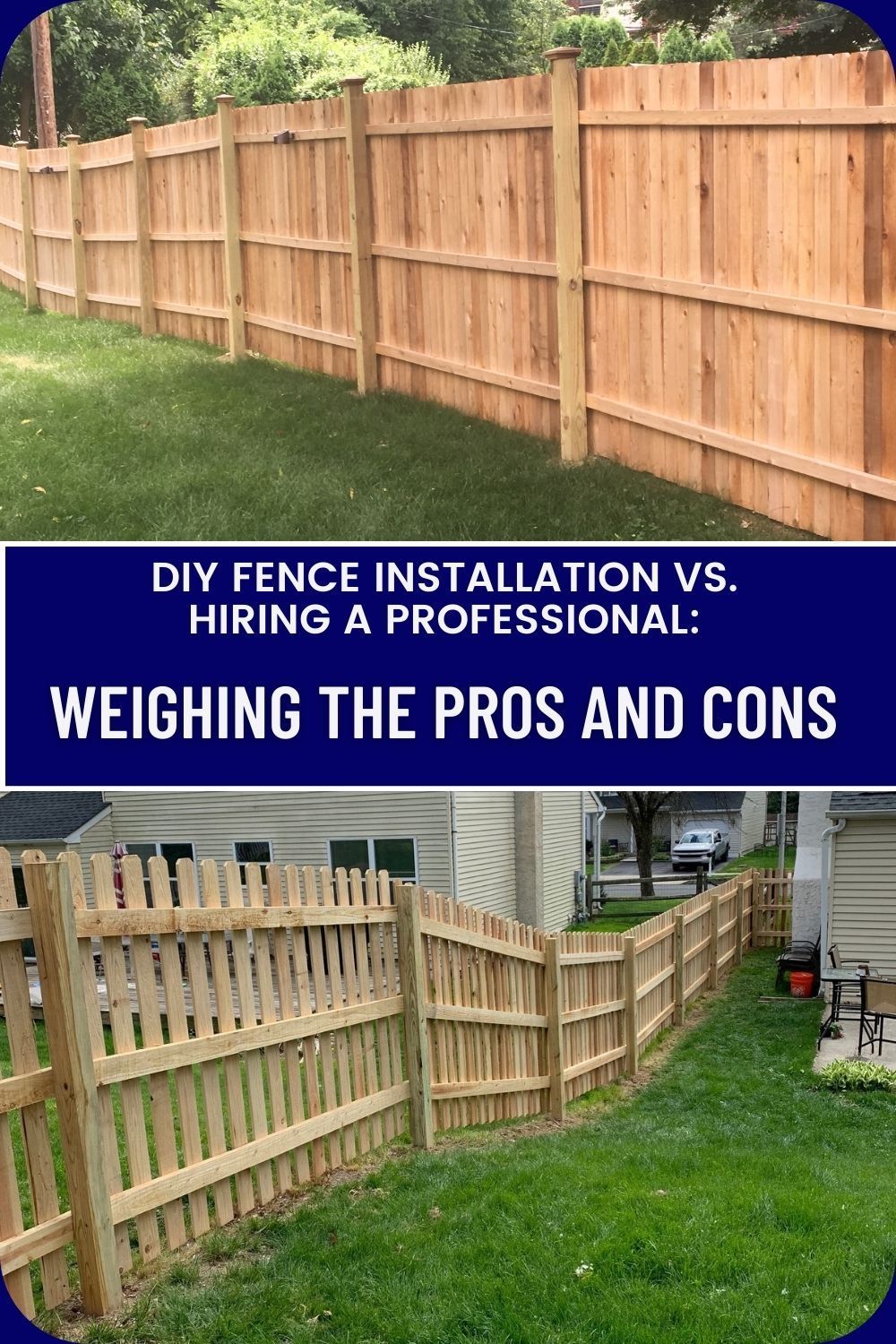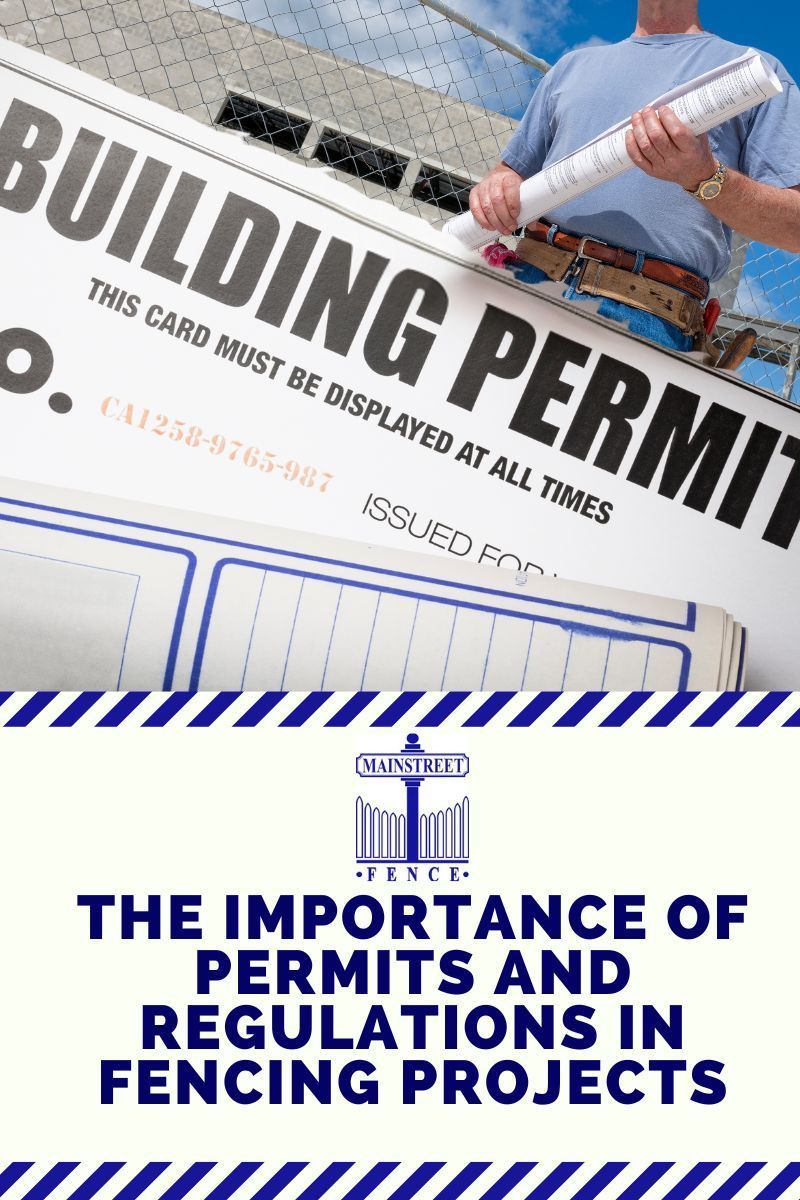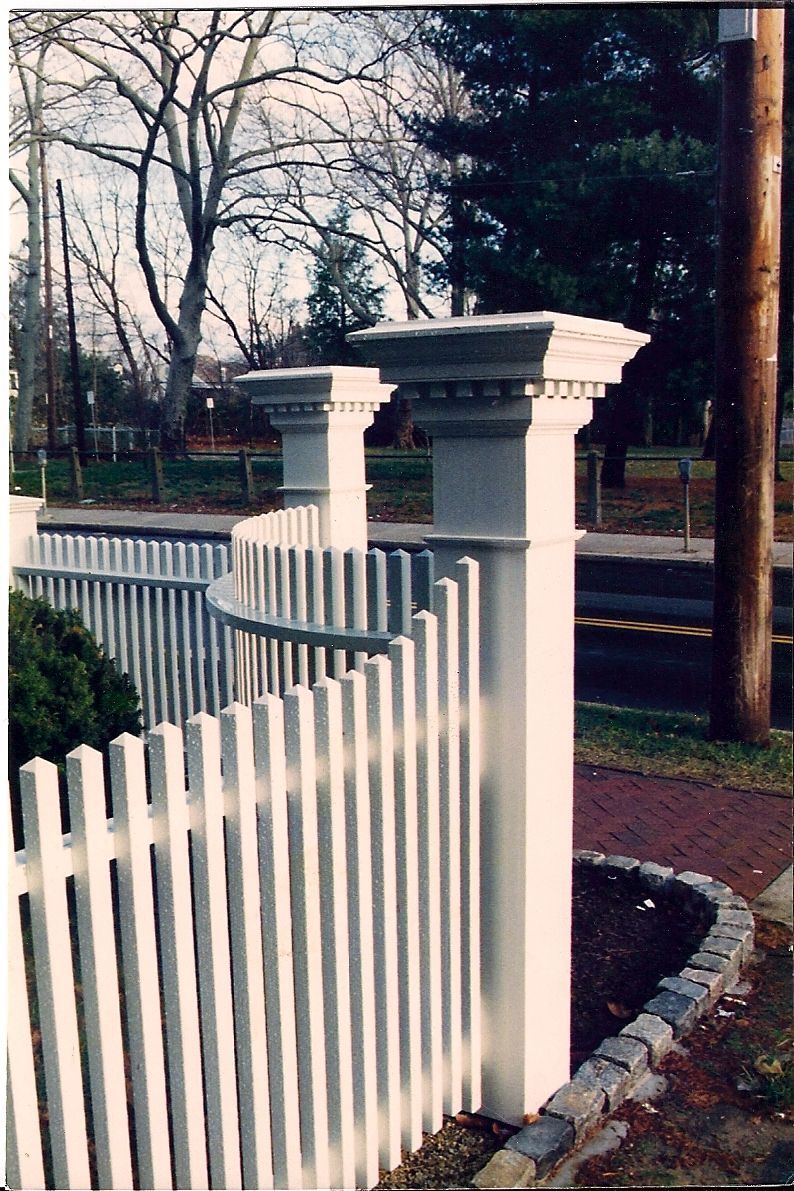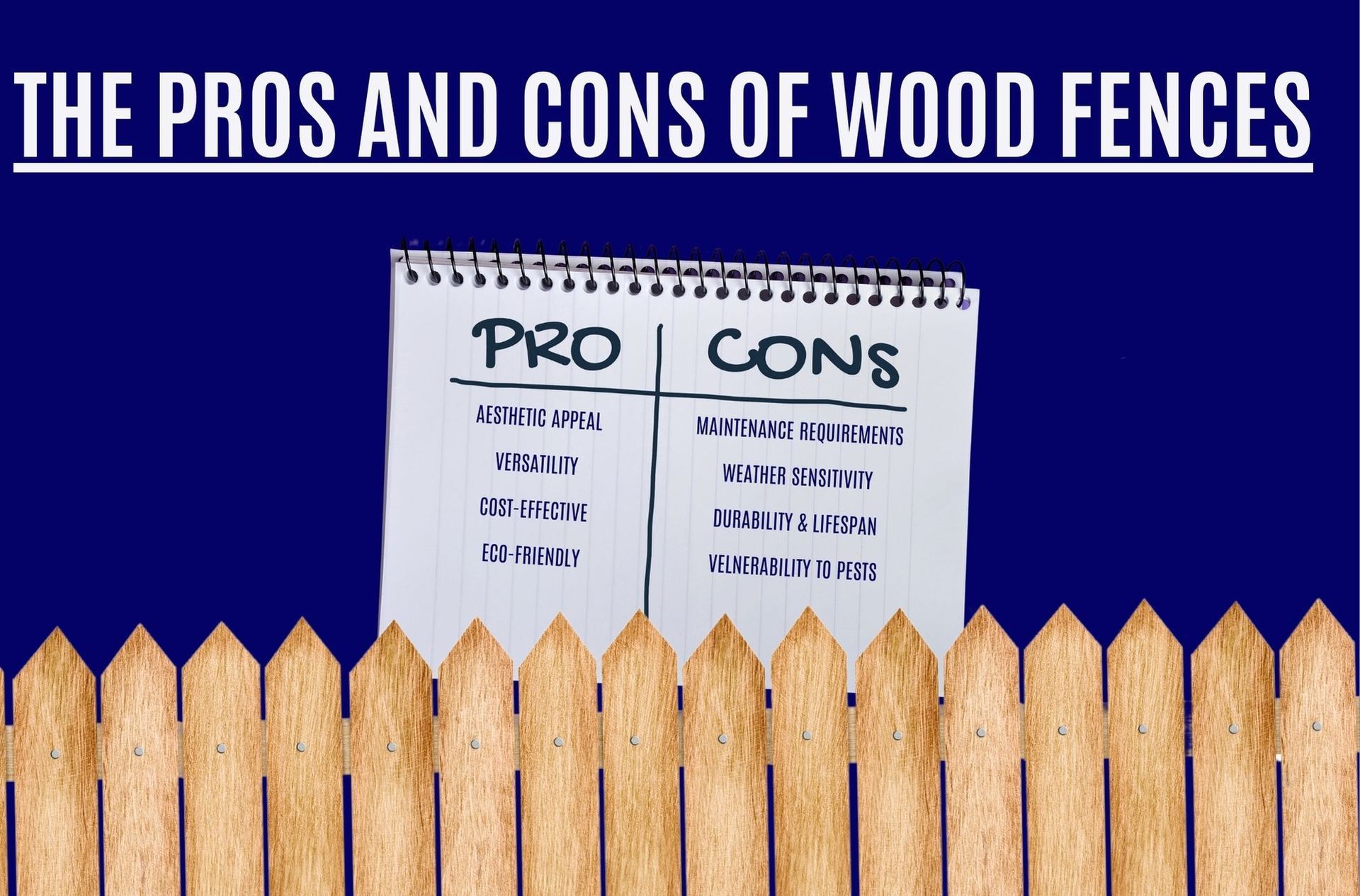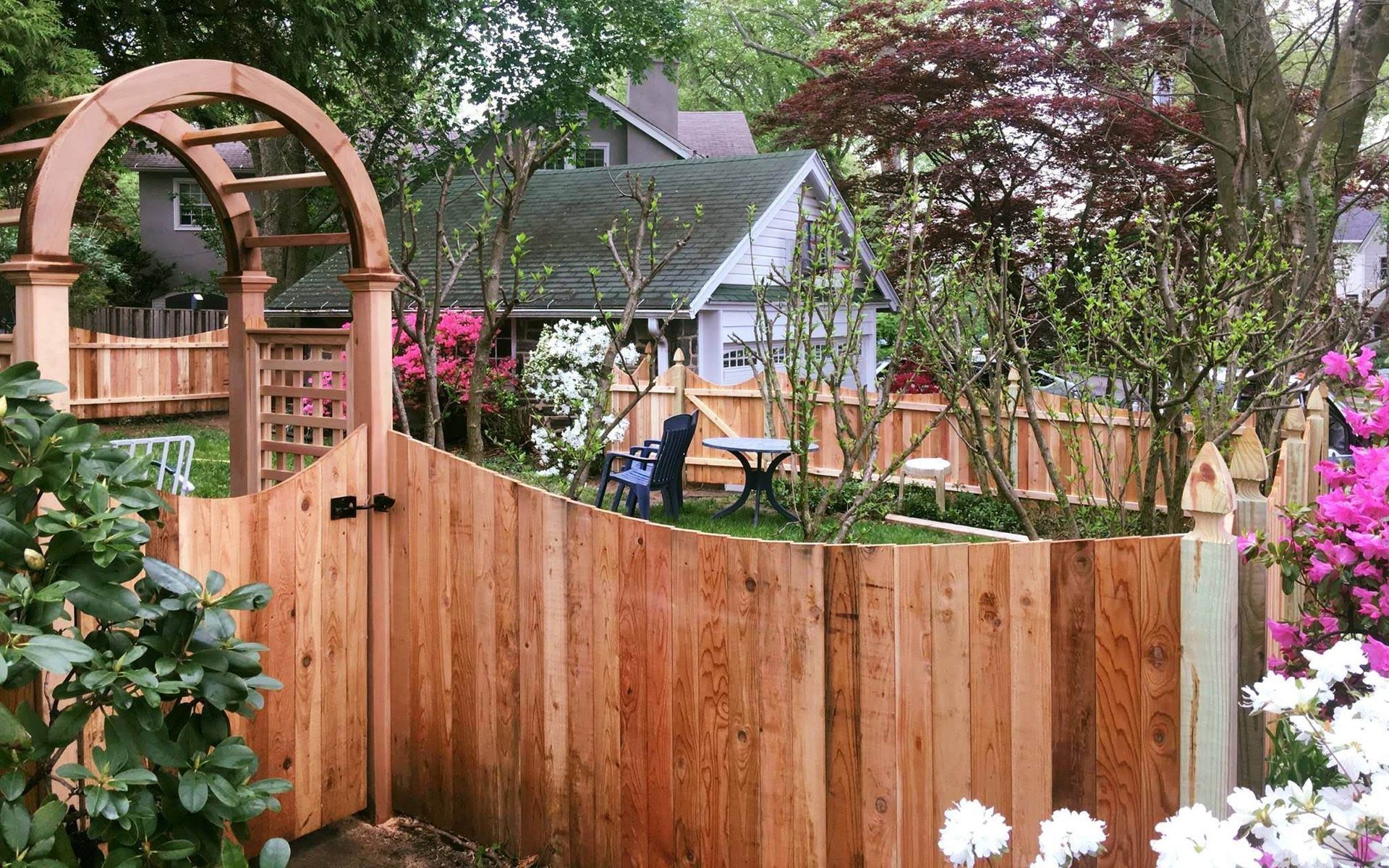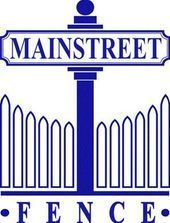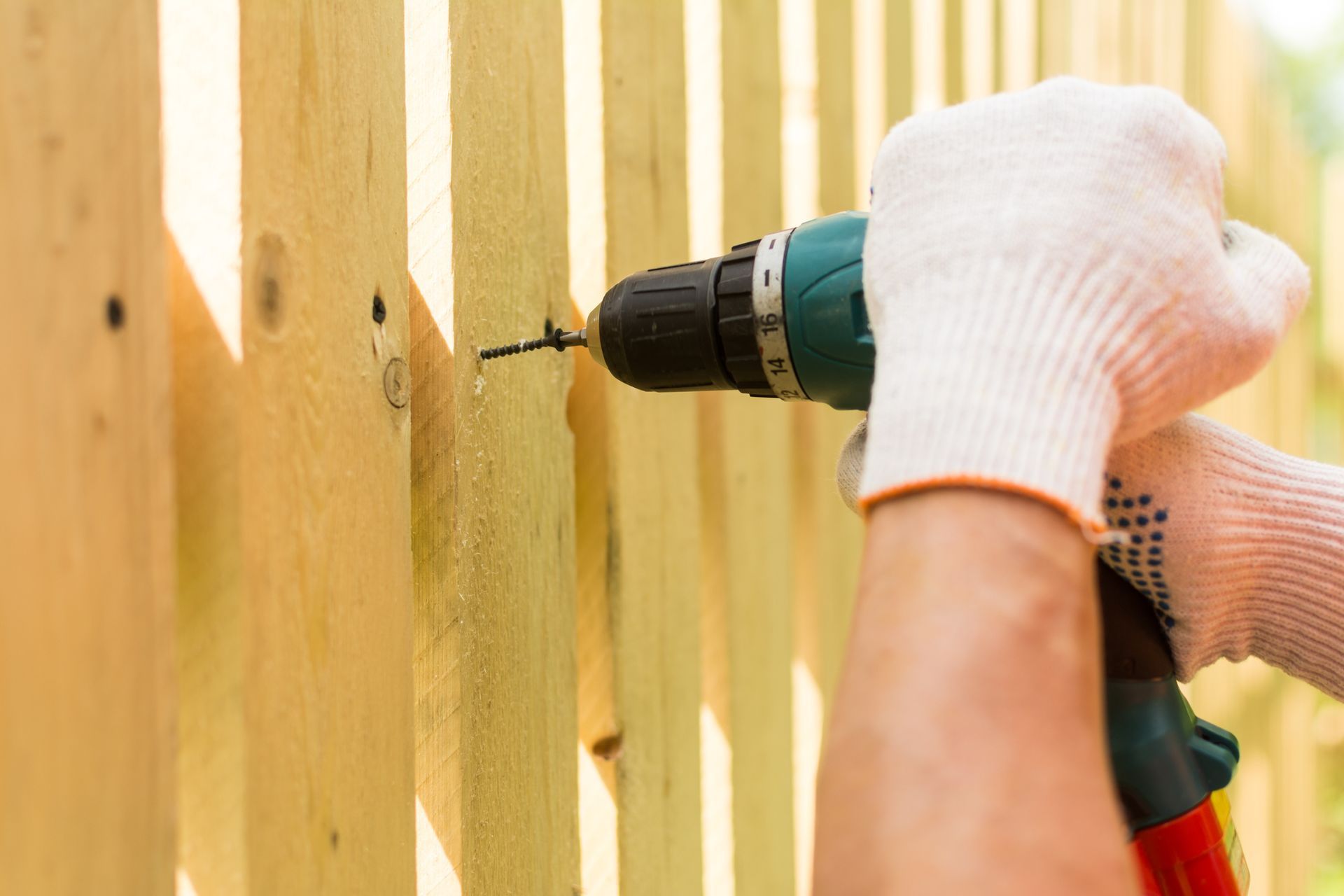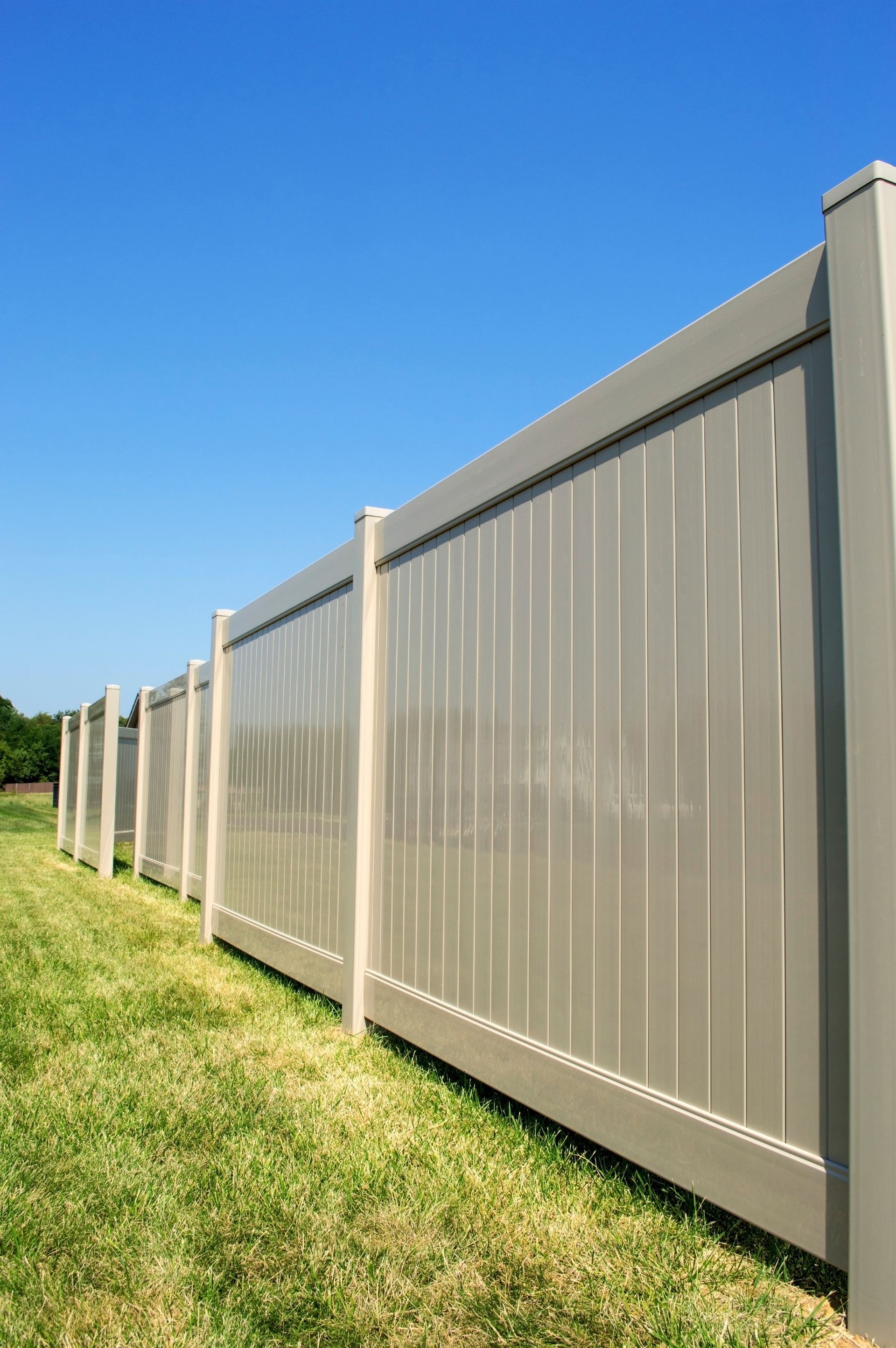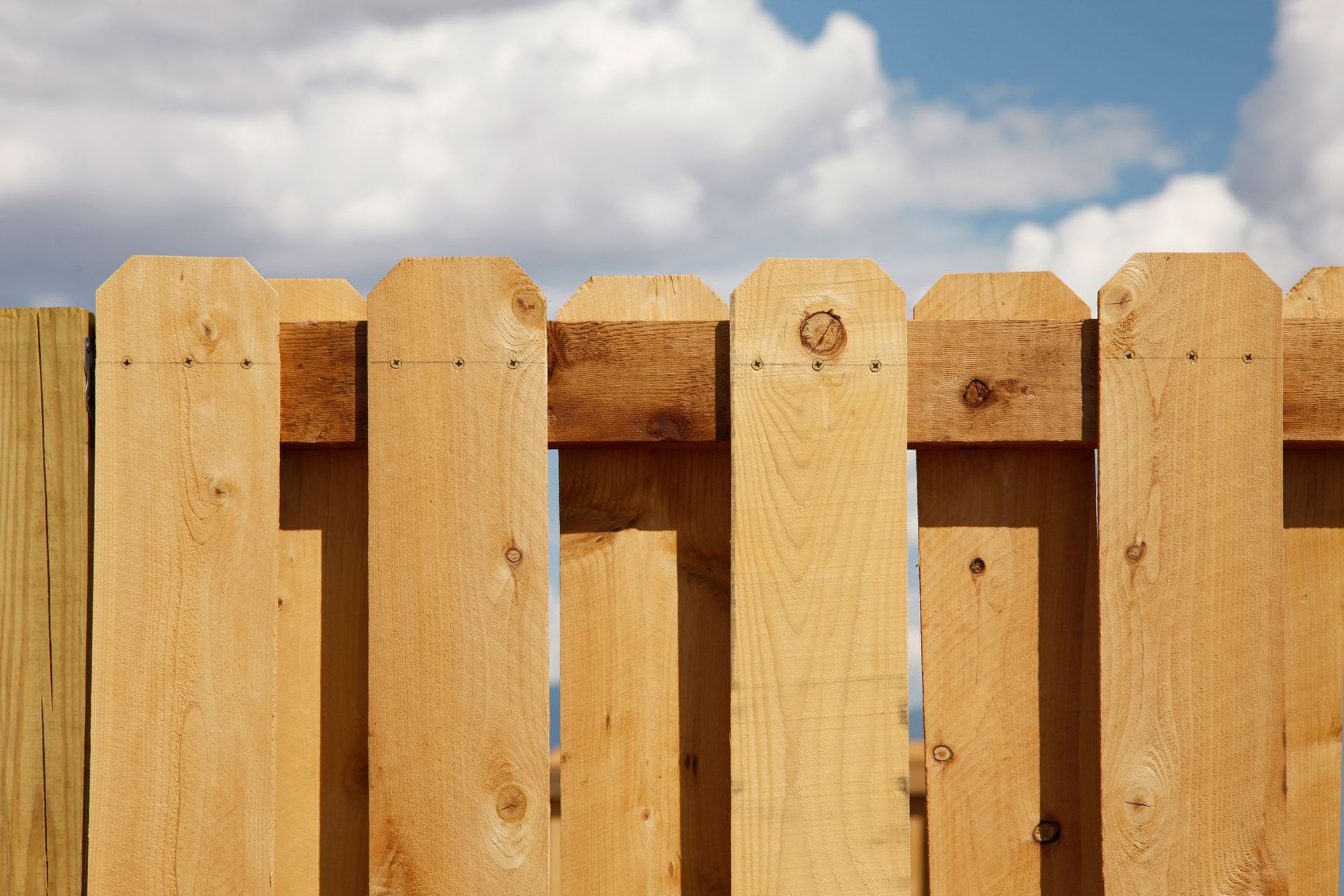February 13, 2024
Spring is just around the corner, and if you're considering installing a new fence, now is the perfect time to start planning. A fence not only enhances the aesthetic appeal of your property but also provides security, privacy, and separates your space from the outside world. However, embarking on a fence installation project requires careful planning to ensure success. In this blog post, we will guide you through the essential steps to plan your fence installation project before the arrival of spring. 1. Determine the Purpose and Type of Fence: Before starting your project, clearly define the purpose of your fence. Are you looking to create privacy, enhance security, or simply add curb appeal? This will help you choose the right type of fence that suits your needs. Whether it's a wooden fence, chain-link, vinyl, or something else, exploring different options and consulting with professionals will ensure you make an informed decision. 2. Understand Local Building Codes: Every municipality has specific regulations and guidelines for fence installations. Check with your local authorities, homeowner's association, or neighborhood committees to find out about any restrictions, permit requirements, and setback rules that may affect your project. Adhering to these regulations will save you from potential headaches and ensure a smooth installation process. 3. Set a Realistic Budget: Establishing a budget is crucial before proceeding with any home improvement project, including fence installation. Consider material costs, labor fees if you're hiring a professional, potential maintenance expenses, and any additional features you might want to include, such as gates or decorative elements. Researching the average costs and obtaining quotes from different contractors will help you set a realistic budget. 4. Measure Your Property: Accurate measurements are essential to determine the amount of fencing material needed. Take precise measurements of your property's perimeter, accounting for any slopes or irregularities. Mark any underground utilities or obstacles that could affect the installation process. These measurements will be crucial when discussing your project with contractors or purchasing materials. 5. Research Contractors: Unless you plan to install the fence yourself, hiring a reputable and experienced contractor is vital. Ask friends, family, and neighbors for recommendations or search online for local contractors who specialize in fence installations. Read customer reviews, check portfolios, and request quotes from multiple contractors to compare their rates, services, and timelines. 6. Consider Maintenance and Longevity: Different types of fences require varying maintenance levels. Consider your lifestyle, available time, and willingness to invest in upkeep. For instance, wood fences might require staining or painting, while vinyl or metal fences generally require less maintenance. Additionally, consider the durability and longevity of materials to ensure your investment stands the test of time. 7. Plan for Landscaping: If you plan to incorporate landscaping elements around your new fence, it's essential to plan and execute them accordingly. Consult with a landscape designer or architect to create a cohesive look and ensure that plants, shrubs, or trees won't interfere with the fence's installation or maintenance. Proper planning is key to a successful fence installation project before the arrival of spring. By determining your purpose, understanding local regulations, setting a budget, measuring your property, researching contractors, considering maintenance, and planning for landscaping, you'll be well-prepared to embark on your fence installation journey. Remember to take your time, weigh all the factors, and consult with professionals to make informed decisions that best suit your needs and enhance your property. Spring will be here before you know it – so start planning now!
